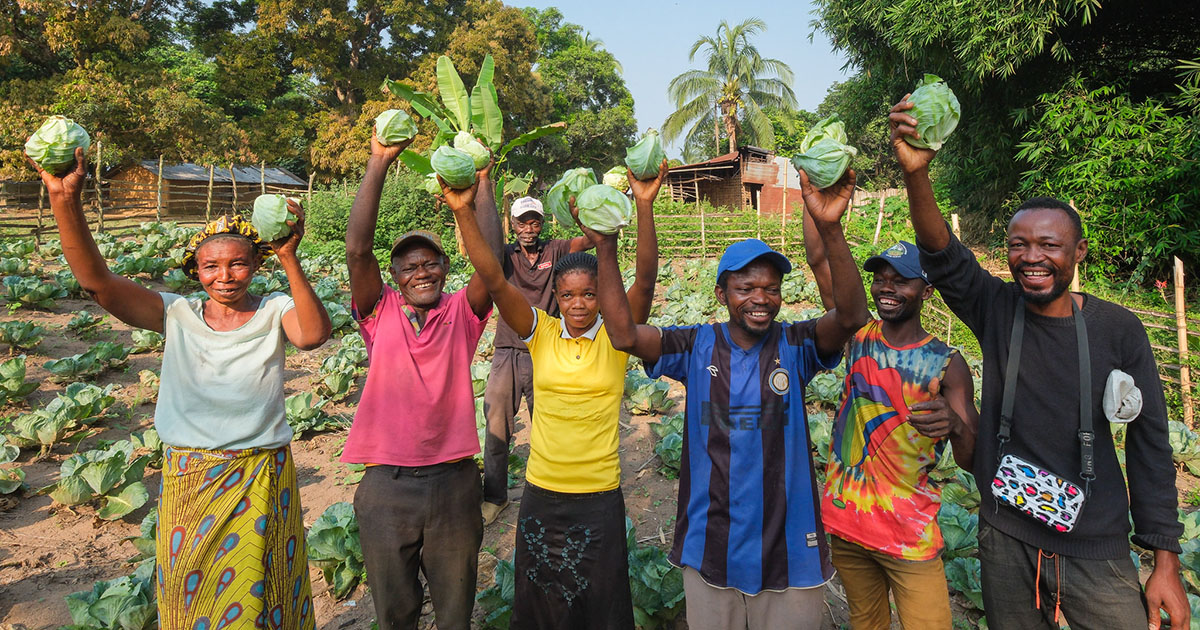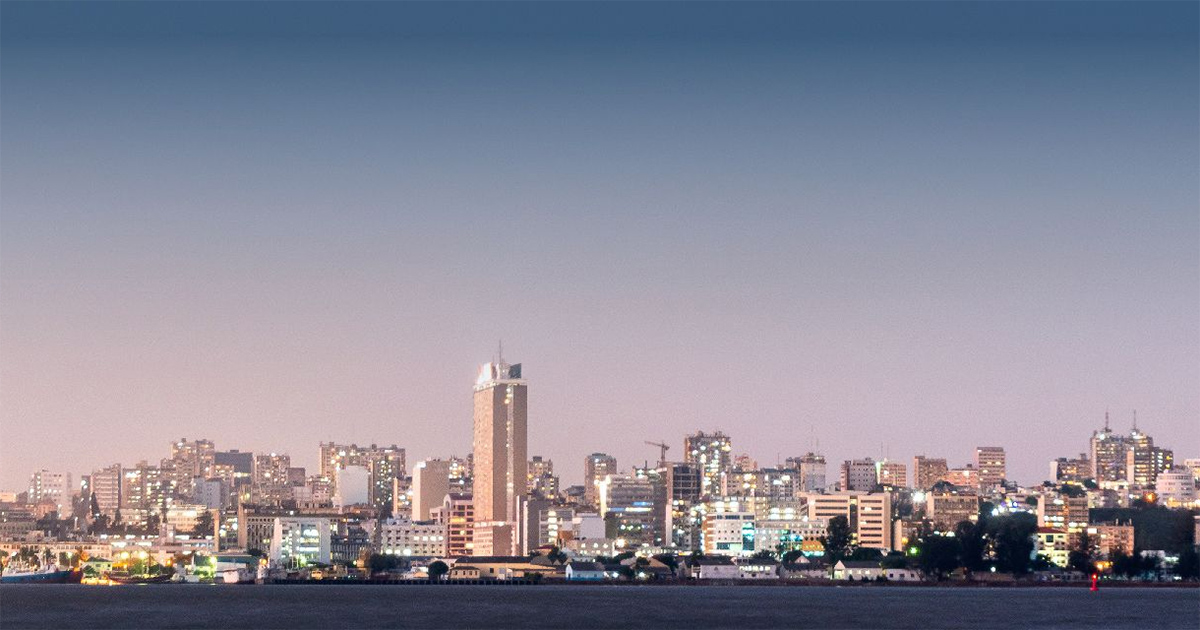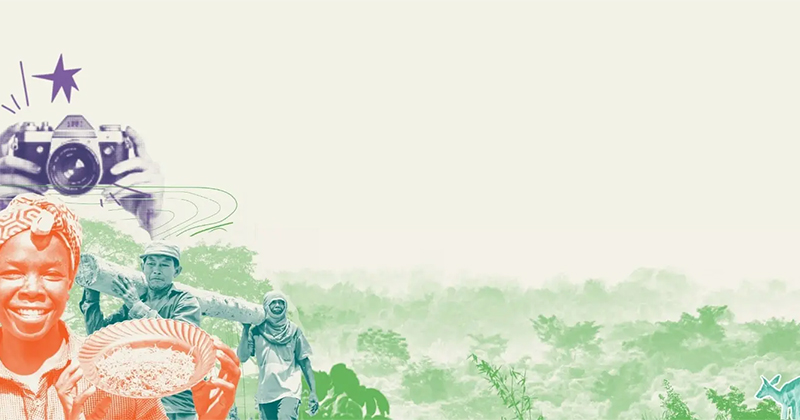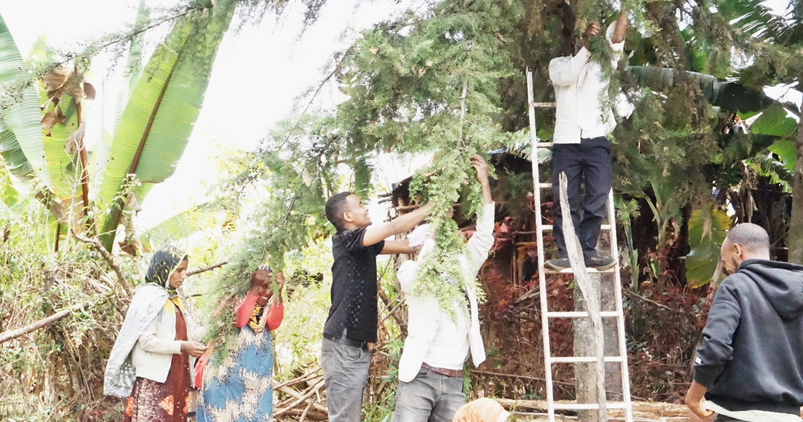The northern coast of Java has been more severely affected by sea level rise (SLR) than other islands in the Indonesian archipelago. This warrants a coastal area risk assessment to ascertain the multiple hazards that could impact on this densely populated island. Using environmental and physical variables – including geomorphology, rate of shoreline change, sea level rise, wave height, coastal slope, bathymetry, tidal range, and mangrove density – the main objective of this study is to determine a coastal vulnerability index (CVI) and mangrove vulnerability index (MVI) in the northern Javanese coastline. Assessment was carried out for three regencies – Banten, Demak, and Banyuwangi regency – with the goal of helping to identify areas where mangrove restoration efforts can be prioritized. Using line and 1 × 1 km2 grid representation of the entire coastline, the research found that in terms of CVI, Demak coast is most vulnerable (with 82% of grids and 89% of coastline falling into the highly vulnerable categories), Banten coast ranked as moderately vulnerable (43% of grids and 35% of coastline fall into the moderately vulnerable categories), while 91% of grids and 93% of coastline in Banyuwangi fall into the least vulnerable category. Assessment of mangrove vulnerability revealed that Banten and Banyuwangi regency were low vulnerability as respectively, 100% and 94% of grids fell into this category, while Demak coast was highly vulnerable (with 46% of grids falling into highly vulnerable categories). This vulnerability mapping provides useful information to assist planners and managers to deploy resources for mangrove restoration and the long-term sustainable management of these coastal ecosystems.
Download:
DOI:
https://doi.org/10.1016/j.rsma.2024.103383
Dimensions Citation Count:

Publication year
2024
Authors
Sagala, P.M.; Bhomia, R.K.; Murdiyarso, D.
Language
English
Keywords
coastal areas, mangroves, wetlands, ecosystem management, climate change, mitigation, ecological restoration
Geographic
Indonesia























